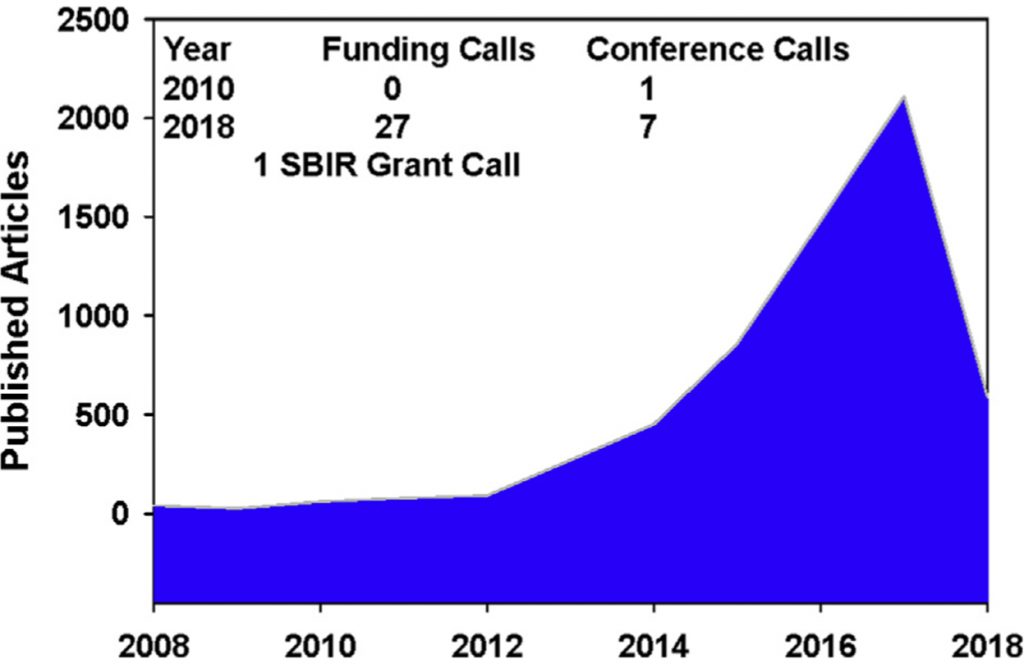3D printing (3DP), an additive manufacturing (AM) strategy permitting for fast prototyping and decentralized fabrication on-demand, has change into a standard technique for creating elements or entire gadgets.
The huge scope of the AM extends from organized sectors of building, decoration, medical, and R&D industries to particular person explorers attributed to the low value, top quality printers together with revolutionary tools and polymers.
While progress is being made however massive manufacturing challenges are nonetheless there. Considering the shortly shifting narrative in direction of miniaturized analytical methods (MAS) we concentrate on the event/fast prototyping and manufacturing of MAS with 3DP, and software dependent challenges in engineering designs and selection of the polymeric supplies and present an exhaustive background to the functions of 3DP in biology and chemistry.
This will permit readers to understand crucial options of AM in creating (i) numerous particular person and modular parts, and (ii) full built-in tools.

Building an Air Stable and Lithium Deposition Regulable Garnet Interface from Moderate-Temperature Conversion Chemistry.
Garnet-type electrolytes undergo from unstable chemistry towards air publicity, which generates contaminants on electrolyte floor and accounts for poor interfacial contact with Li steel. Thermal remedy of the garnet at > 700 o C may take away the floor contaminates, but it regenerates the contaminants in air, and worsen the Li dendrite concern as extra electron-conducting faulty websites are uncovered.
In a departure from the elimination strategy, right here we report a brand new floor chemistry that converts the contaminants right into a fluorinated interface at reasonable temperature <180 o C.
The modified interface reveals a excessive electron tunnelling barrier and a low power barrier for Li + floor diffusion, in order that it allows dendrite-proof Li plating/stripping at a excessive vital present density of 1.four mA cm -2 . Moreover, the modified interface reveals excessive chemical and electrochemical stability towards air publicity, which prevents regeneration of contaminants and retains excessive vital present density of 1.1 mA cm -2 . The new chemistry presents a sensible answer for realization of high-energy solid-state Li steel batteries.
